Three-dimensional volumetric analysis of root coverage and gingival volume gain of multiple recession-type defects treated by Vestibular Incision Subperiosteal Tunnel Access (VISTA).
dc.contributor
Universitat Internacional de Catalunya. Departament d'Odontologia
dc.contributor.author
Gil López-Areal, Alfonso
dc.date.accessioned
2019-11-28T18:48:55Z
dc.date.available
2019-11-28T18:48:55Z
dc.date.issued
2019-11-13
dc.identifier.uri
http://hdl.handle.net/10803/668029
dc.description.abstract
Objective: To examine the outcome of root coverage and gingival volume changes, following the treatment of multiple recession-type defects treated with Vestibular Incision Subperiosteal Tunnel Access (VISTA) in combination with various graft materials.
Materials and Methods: Pre-therapy and post-therapy study models of 21 patients (154 teeth) with multiple gingival recession defects, treated with Vestibular Incision Subperiosteal Tunnel Access (VISTA), were optically scanned. Three-dimensional analysis of superimposed preoperative and postoperative images (more than 12-month follow-up) was performed. Linear and surface root coverage were calculated together with linear gingival thickness and volumetric gain. These outcomes were correlated to various clinical and/or anatomical parameters. A stringent nonparametric regression analysis was run, adjusting for the correlation among multiple observations on the same patient.
Results: The mean percentages of linear root coverage were 96.2 ± 13.1% and 84.3 ± 14.4% for Miller Class I/II (Cairo RT1) and Class III (Cairo RT2) recessions, respectively. The mean percentages of root surface area coverage were 92.1 ± 12.0% and 78.6 ± 15.7% for Miller Class I/II (RT1) and III (RT2) defects, respectively. Linear gingival thickness gain of approximately 1 mm and volumetric gain of 5.47mm3 was achieved. Root prominence, initial recession width and posterior tooth type were negatively correlated with linear and root surface area coverage. A strong negative correlation was found between linear thickness gain and root prominence. The thickness gained achieved was not significantly different with various graft materials.
Conclusion: Three-dimensional analysis provides a useful method for evaluating the outcome of periodontal plastic surgery. The results of the present study showed root coverage, gingival thickness and volumetric gain achieved with VISTA in combination with different graft materials. Certain site-specific factors, in particular root prominence, exerted an influence of the outcomes of root coverage and gingival volume gain.
en_US
dc.format.extent
130 p.
en_US
dc.format.mimetype
application/pdf
dc.language.iso
eng
en_US
dc.publisher
Universitat Internacional de Catalunya
dc.rights.license
L'accés als continguts d'aquesta tesi queda condicionat a l'acceptació de les condicions d'ús establertes per la següent llicència Creative Commons: http://creativecommons.org/licenses/by-nc-nd/4.0/
dc.rights.uri
http://creativecommons.org/licenses/by-nc-nd/4.0/
*
dc.source
TDX (Tesis Doctorals en Xarxa)
dc.subject
Periodoncia
en_US
dc.subject
Cirugía mucogingival
en_US
dc.subject
Cubrimiento radicular
en_US
dc.subject
Aumento de tejido blando
en_US
dc.subject
Injerto de tejido conectivo
en_US
dc.subject
VISTA
en_US
dc.subject.other
Periodoncia
en_US
dc.title
Three-dimensional volumetric analysis of root coverage and gingival volume gain of multiple recession-type defects treated by Vestibular Incision Subperiosteal Tunnel Access (VISTA).
en_US
dc.type
info:eu-repo/semantics/doctoralThesis
dc.type
info:eu-repo/semantics/publishedVersion
dc.subject.udc
616.3
en_US
dc.contributor.director
Nart Molina, José
dc.contributor.director
Homayoun, Zadeh
dc.embargo.terms
cap
en_US
dc.rights.accessLevel
info:eu-repo/semantics/openAccess


